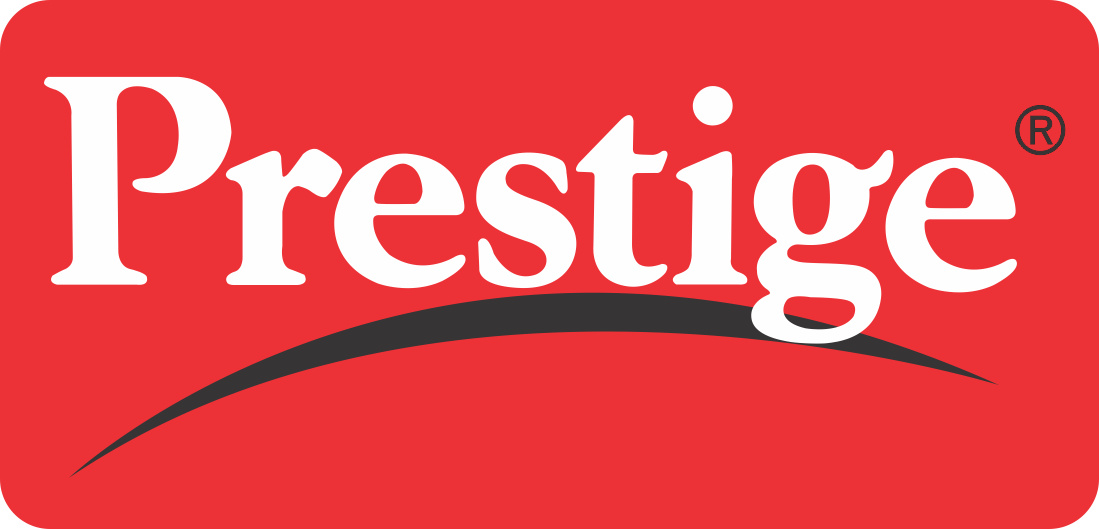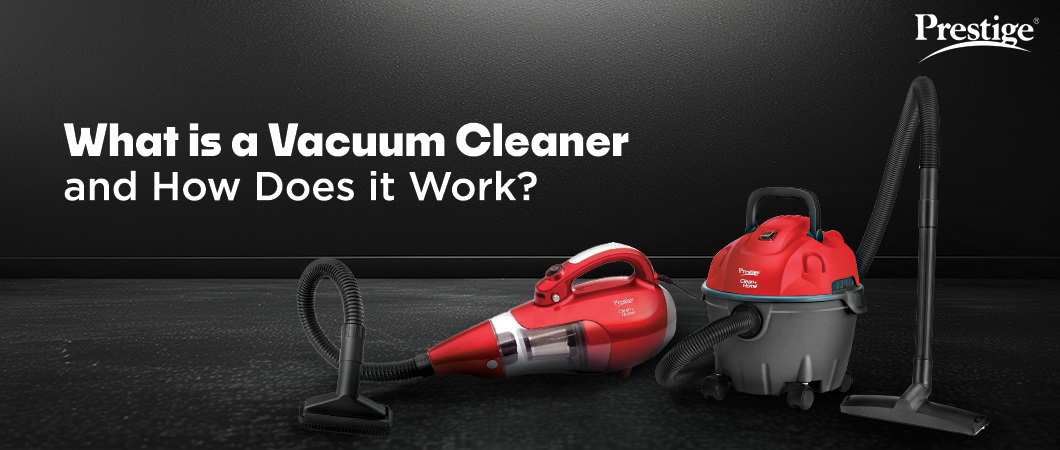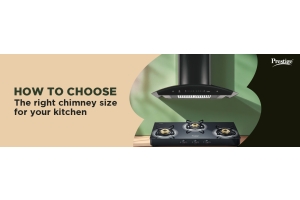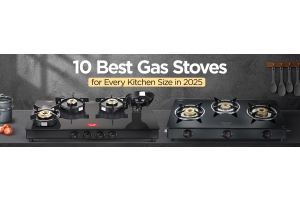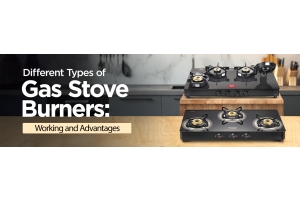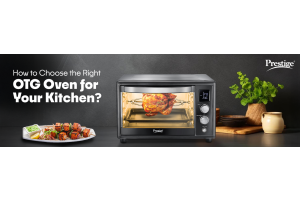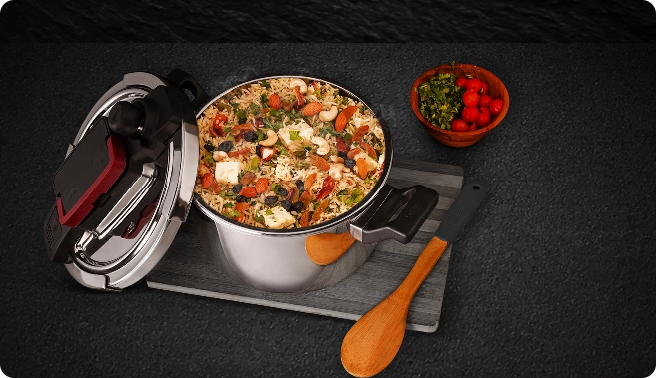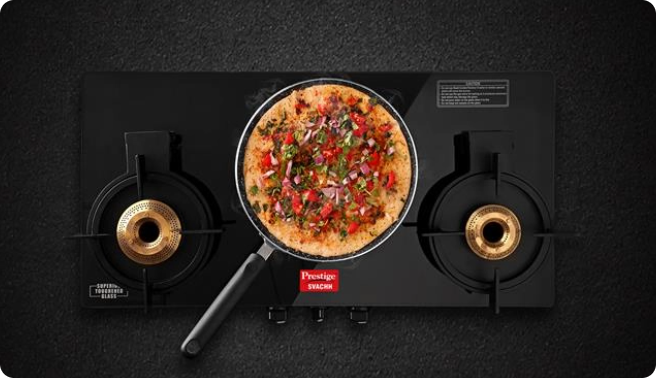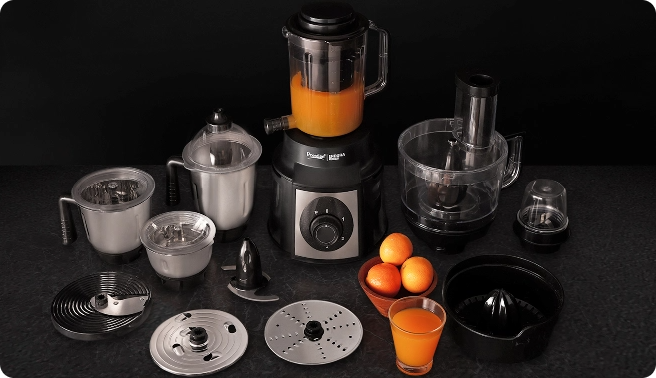Introduction to Vacuum Cleaners:
A vacuum cleaner is an electronic appliance used at home, offices, and commercial places to remove dust and debris to keep the area clean and hygienic. Before vacuum cleaners were born, cleaning a house was a backbreaking task, especially if the place has heavy rugs or carpets. Cleaning was not only tedious but was also time-consuming, at times even ineffective. Over time people also started developing dust allergies and other health implications due to cleaning chores, which led to the invention of vacuum cleaners.
Modern vacuum cleaners are equipped with HEPA filters and water filtration systems. The micro-silver technology is used to neutralize the presence of viruses and bacteria in the vacuum cleaner. HEPA orHigh Efficiency Particulate Air technology, is excellent at capturing the tiny dust particles including pollen and allergens from floors, carpets and other surfaces. Vacuum cleaners not only keep our surroundings clean and hygienic but also help us maintain good air quality, and resolve respiratory issues if you are allergic to dust particles or pet dander.
Keep reading the article to understand different types of vacuum cleaners and their functions.
What is a Vacuum Cleaner?
A vacuum cleaner keeps your home and living spaces clean and hygienic. They pull in dust and trap it inside a dust container for easy disposal. If you are allergic to dust or if you have pets at home and need frequent cleanings, then a vacuum cleaner is just the right choice to meet your floor, carpet, and sofa cleaning requirements.
Let’s look at the in-depth working parts of vacuum cleaners:
-
Design & Body: In the body of a vacuum cleaner; you will find a dust bag, a fan, a motor, and other important components.
-
Handle: A supportive grip used to hold, control, and maneuver the vacuum cleaner.
-
Cord and its Retract: Mechanism to retract the vacuum cleaner after use with a power cord to ensure a continuous supply of current; for smooth functioning.
-
Wheels: Wheels or rollers help ease the movement of the vacuum cleaner across different surfaces.
-
Accessories: Spray jar, crevice nozzle, blower attachment, floor carpet, upholstery nozzle, etc are some accessories added for efficient cleaning.
-
Hose: To reach tight spots and spaces, some vacuum cleaners come with a hose, connected to a flexible tube.
Types of vacuum cleaners:
-
Upright Vacuum Cleaners: This all-in-one classic model is designed to enable cleaning in an upright position. Perfect for cleaning carpets, bulky rugs, and large areas without any back strain.
-
Canister Vacuum Cleaners: Offering flexibility and maneuverability, these vacuum cleaners have the cleaning head and the motor placed in separate units. The cleaning head can be moved from place to place, without having to carry the motor everywhere.
-
Stick Vacuum cleaner: These vacuum cleaners provide a lightweight twist to traditional upright vacuum cleaners. They are ideal for quick cleanups.
-
Handheld Vacuum Cleaner: These are small vacuum cleaners, meant for micro-cleaning of sofas, upholstery, cars, window-sills and more.
-
Robot Vacuum Cleaners: These vacuum cleaners provide an automatic cleaning option, where the machine moves around a cleaning space and sucks the dust away. Only the aspects of changing the dustbags are manual. Needless to say, such vacuum cleaners require intensive configuration of the machine, before it can take over.
How does a Vacuum Cleaner Work?
A vacuum cleaner employs a suction mechanism to pull the dust and dirt into a bag or dustbin for easy disposal. The suction is created through a motorized fan, which has a strong inflow of air that pulls the dust particles from the floor and other surfaces. The collected debris then gets filtered and deposited in a container to be disposed of in the trash.
The key components of a vacuum cleaner are:
-
Motor: The heart of the vacuum cleaner that spins the fan at a high speed to function.
-
Suction Creation: The fast-spinning fan creates a low-pressure area inside the vacuum cleaner to suck in air and create a void. The machine then pulls dirt and dust from the years to fill the void.
-
Filtration & Airflow: The air that flows inwards traps pollen, dust and other dirt particles that travel through a series of filters.
-
Dust Collection: The collected dust and dirt are accumulated in a dust bag or container for further disposal and cleaned air is expelled back in the room.
Do’s and Don’ts for the proper functioning of the vacuum cleaner:
Do’s:
-
Regular Maintenance: Empty the disposal bag or dust container whenever necessary. Also, clean and replace the filters periodically.
-
Usage of Attachments: Use the right attachment for the surface it is allotted to fix. This will ensure optimized cleaning and effective use of the appliance.
-
Suction: To ensure optimum performance of your vacuum cleaner, check the power suction periodically.
Don’ts:
-
Check Surfaces: Avoid vacuuming on wet surfaces. Use only the vacuum cleaner which is specifically designed to clean wet surfaces.
-
Warning Signs: Notice warning signs in your vacuum cleaner such as unusual noise or smell, burning, or overheating.
-
Overloading: Avoid using the vacuum cleaner continuously for long hours as it may cause overheating. Also, avoid picking up large or excessive debris at once.
-
Cord Care: Do not damage, fold, or bend the power cord as this may result in an electric shock or failure of the appliance to function.
-
Hazardous Vacuuming: Do not vacuum hazardous objects like broken glass pieces, chemicals, or big, sharp metal objects as this may clog the suction pipe and cause appliance function failure.
By following these simple guidelines, you can prolong the life of your vacuum cleaner and ensure optimal performance.
Advantages of Using Vacuum Cleaner:
-
Saves Time and Energy: Vacuuming generally consumes less time and energy than the traditional method of cleaning.
-
Thorough Cleaning: Vacuum cleaners can remove dirt and debris present deep inside the carpets and flooring to ensure deep cleaning.
-
Allergy relief: If you are suffering from respiratory health issues then regular vacuuming can give you relief from the allergies caused due to dust, thereby reducing exposure to allergens.
-
Air Quality: Regularly vacuuming enhances your home air quality by capturing dust, dirt, pet dander and other allergens or pollen.
-
Pest Control: Vacuuming can ward off pests like cockroaches and ants by sucking in or removing food remains from the floors and carpets of your home.
-
Hygienic: Regular use of a vacuum cleaner reduces the spread of germs and infections, leaving your home clean and hygienic.
-
Convenience: Vacuum cleaners not only clean the floors but also clean carpets, rugs, sofas and furniture with their multiple attachments to suit various surfaces for cleaning.
Conclusion
Vacuum cleaners are a boon for us as they have become an indispensable cleaning appliance in modern households. Their versatility and ability to suit different needs, make them an essential tool for maintaining cleanliness and hygiene. Vacuum cleaners efficiently remove dust and allergens to contribute to improved indoor air quality. From traditional upright-held vacuum cleaners to compact handheld vacuum cleaners, they have evolved and cater to diverse human needs and cleaning requirements. Pen down your considerations and budget before purchasing a vacuum cleaner.
Prestige is India’s most trusted home solutions brand offering just the right appliances for all your household needs. Visit our online store to explore and find the best vacuum cleaner for your home.
Frequently Asked Questions (FAQs)
Q1. What are the common problems associated with vacuum cleaners?
A. The common problems associated with vacuum cleaners are:
-
Low suction force
-
Excessive noise
-
Burning smell
-
Overheating
-
Vacuum does not turn on.
These issues can be fixed by either replacing a few parts of the vacuum cleaner or by repairing them. However, an expert or company technician can guide you better.
Q2. What is the runtime of a vacuum cleaner?
A. Corded vacuum cleaners have no runtime limit, but cordless vacuum cleaners' battery life varies significantly on their model. It may vary from 30 minutes to one hour. Generally the runtime of a vacuum cleaner depends on its brand, model, and condition.
Q3. What is the warranty of a vacuum cleaner?
A. The warranty of a vacuum cleaner ranges from one year to three years, but this can significantly depend on the brand and model. Some retailers also offer extended warranty protection plans.
Q4. What should I consider before buying a vacuum cleaner?
A. The basic considerations before buying a vacuum cleaner are:
-
Budget
-
Noise control
-
Warranty and customer support
-
Weight of the appliance
-
Cord length
-
Attachments
-
Filtration – HEPA filtration
-
Suction Power
-
Floor Type - Wooden, tiled, or carpeted.
Also, consider which type of vacuum cleaner best suits your needs.
Q5. What are the different types of vacuum cleaners?
A. There are mainly five types of vacuum cleaners available in the market designed for different household uses.
-
Upright vacuum cleaner: Best for carpets, bulky rugs, and large areas.
-
Canister Vacuum cleaner: Offers better maneuverability and is useful for functioning on different surfaces.
-
Stick Vacuum Cleaner: Ideal for quick cleanups, lightweight and cordless.
-
Handheld vacuum cleaner: Perfect for narrow space cleanups and upholstery.
-
Robot vacuum cleaner: Automated cleaning, cordless and no manual assistance is required.
